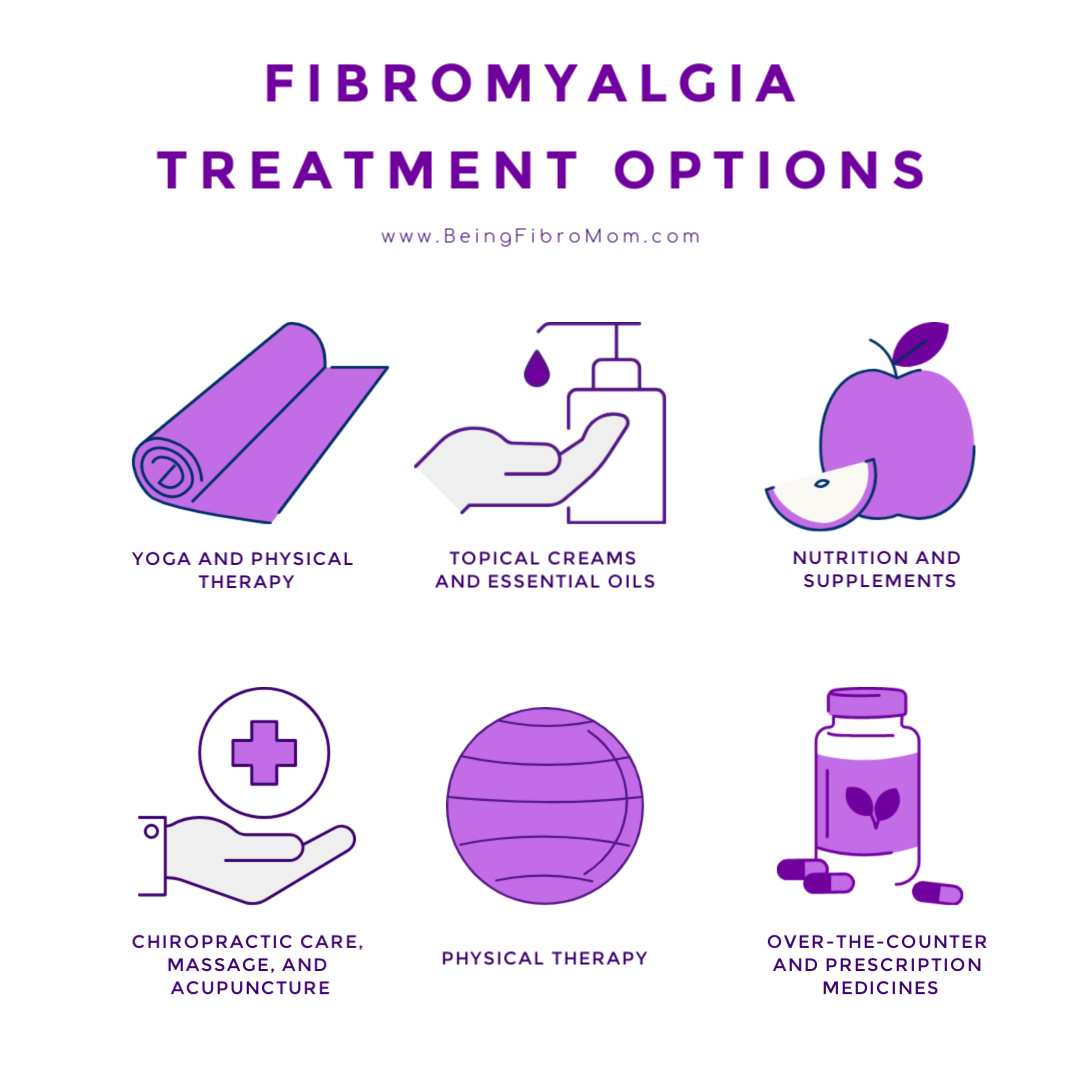Those of us living with fibromyalgia experience the constant feeling of muscle tightness and/or muscle fatigue as though we have been strenuously exercising. To help lessen these pains, exercising is recommended. However, exercising can worsen muscle pain and also cause muscle soreness. So how do we know if the pain is fibromyalgia pain or delayed onset muscle soreness?
Is the muscle pain your feeling caused by #fibromyalgia pain or delayed onset muscle soreness? Find out! #doms #delayedonsetmusclesoreness Share on XWhat is delayed onset muscle soreness?
Delayed onset muscle soreness, or DOMS, is when small microscopic tears occur in the muscle fibers and is a small muscle strain injury. It usually occurs 12-24 hours after the exercise with the greatest pain being 24-72 hours after the exercise (hence the term ‘delayed’). It usually lasts 3-5 days.
What causes DOMS?
Any high-intensity exercise Exercises that are commonly linked to it are jogging, running, step aerobics, strength training, or walking downhill.
What are the symptoms of DOMS?
Soreness is not the only symptom. Other symptoms include:
- swelling of the affected area
- stiffness of joints
- tenderness to area
- weakness in the affected muscle area
- muscle tissue damage (rare and severe cases)
When to seek medical attention
Most cases of delayed onset muscle soreness do not require medical attention; however, if your limbs become severely swollen or if your urine is dark, seek medical attention as soon as possible.

What are the treatment options?
Many of the treatment options for fibromyalgia can be used for this type of muscle soreness. They include:
- ice pack
- massage
- chiropractic care
- tender-point acupressure
- CBD oil
- pain medicine
- topical ointment
How to prevent DOMS
Just like preventing fibromyalgia flares, they are no for-sure ways to prevent delayed onset muscle soreness. There are ways, however, to lessen the soreness.
- stretch before and after each exercise
- take your time with each exercise and with any new exercise program
- take breaks in between exercise regiments
Is It Fibromyalgia Pain or Delayed Onset Muscle Soreness?
Exercise is encouraged for fibromyalgia patients in order to keep the body moving in an attempt to lessen muscle soreness and stiffness. Stretching and walking help with stiffness, too, but it also improves muscle fatigue (to a degree). Moving the body also improves circulation and helps with overall wellness.
Of course, the type of exercise is important, too. Some fibromyalgia thrivers can run, bike long distances, and weight lift but that is not typical for the average fibromyalgia patient. Low-impact exercises are good and increasing the duration of the exercises should be done slowly.
To determine if the pain you are feeling is fibromyalgia or DOMS –
- Keep a pain log and track it for at least one week. Be sure to keep to your normal routine and not partake in any new activities.
- After you’ve tracked it for the determined amount of time, review it to recognize any patterns. Look for any pains that typically started within 24 hours of exercising.
- Track how long the pains lasted and describe how they feel (dull, throbbing, sharp, etc).
- Discuss your findings with your provider to see if it’s fibromyalgia or DOMS.
This should help determine if you are experiencing fibromyalgia pain or DOMS from exercising. If you’re still uncertain, be sure to track it for a longer period of time.
For more information on determining the difference between the two, check out this article Fibromyalgia Pain Vs. Muscle Soreness: Monitoring Pain During Exercise.




That sounds frustrating! and painful!
Yes, it is!
Pingback: Small Victories Sunday Linkup {36} - Mom's Small VictoriesMom's Small Victories
I just saw a poll on the side of the page pop out asking the question whether or not the voter sees a doctor for their chronic illness. What a bizarre question. I can think I have any number of things, I can search the internet all I want, I can proclaim to the stars I have whatever it is but…..until I have a diagnosis, supported and substantiated by a physician and whatever tests or whatever it took to get that? I do NOT have a Chronic Illness. Just my 2 cents. WAY too many people are claiming this or that without a clue what is really wrong with them, if anything. I’ve had this for nearly 20 years now and it was a nightmare getting a diagnosis when Fibro had only been acknowledged by WHO a few of years earlier and still carried a giant stigma of a psych aspect – mine is inherited, btw…they tried to institutionalize my mom in the early 1960’s because ‘they couldn’t do anything more for her.’ My dad said no. If someone is so concerned about themselves as to actually be at a site like this without any confirmation from the medical community (and not saying you don’t know what you know), they need to get their rears to the doctor’s office and get a diagnosis. They could have something that is not Fibro and is instead causing long term, irreparable damage while they are busy self-diagnosing. I would hate to see that. (ps I worked in the medical field before I got sick – I know what putting stuff off cuz you think it’s something else can do to a person and it is not worth it. Everybody’s got Obamacare. Please use it.)
Thank you for your comment and concerns. Yes, I agree that everyone should see a physician about their chronic illness; however, the reality is that no everyone does for one reason or another. Thank you for visiting my site.